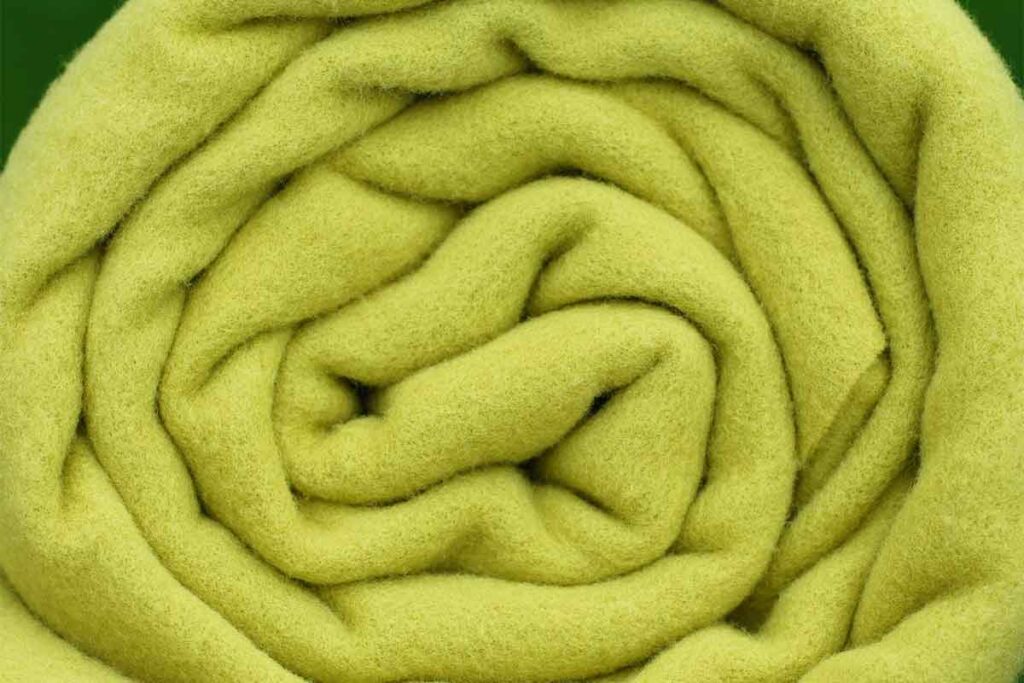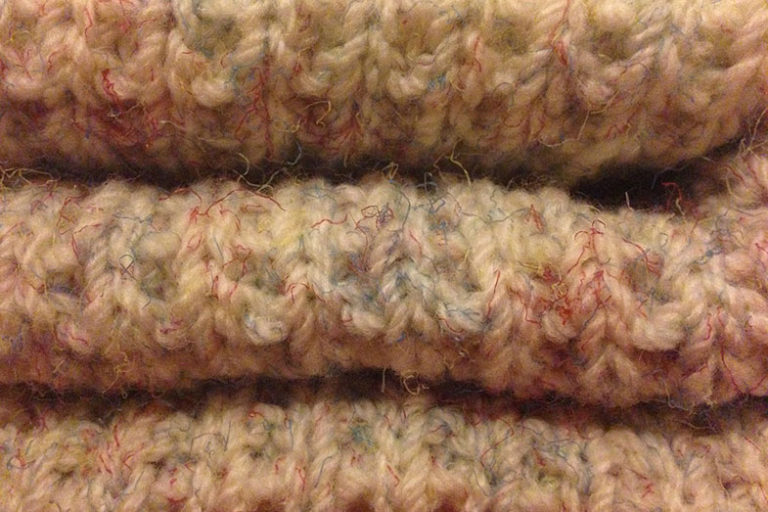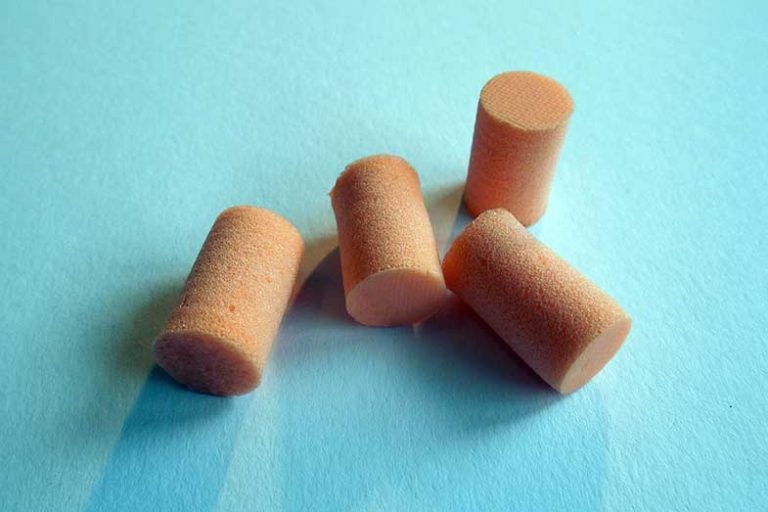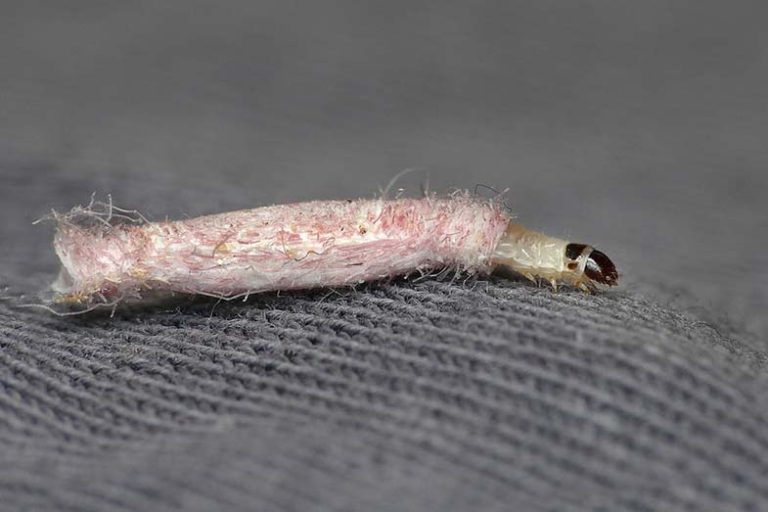How to Get Rid of Static on Blankets (8 Tips)
Disclosure: We may get commissions for purchases made through links in this post.
Have you ever wondered how to get rid of static electricity in blankets? While we all must have tried jolting a friend with static electricity using our fingertips, the fun ceases when it’s bedtime. Imagine yourself all worn-out from work or activity, ready to recharge. As you pull your blanket over for a well-deserved rest, you jolt right up. Fortunately, this article is made just for you!
There are no grand steps to follow – just simple tweaks to your regular routines. From washing your blankets and adding a bedroom feature to investing in an anti-static blanket, you’d soon be an expert on how to remove static from blankets.
Here’s a quick run-through on how to get rid of static electricity on blankets:
- Add dryer sheets to your grocery list.
- Use anti-static sprays.
- Introduce cooking essentials in your wash cycles.
- Hang blankets outside.
- Use shock absorbers.
- Moisturize your room and yourself.
- Neutralize your blanket.
- Avoid blankets made of static materials.
The following tips and tricks to feel less of those static blanket sparks are so easy to incorporate into your day-to-day activities. Even if you’re a busy bee who barely has the time to change routines, you wouldn’t even notice the difference – except one … A STATIC-FREE SLEEP.

How to Get Rid of Static on Blankets (8 Tips and Tricks)
I’ll start the ball rolling with the ‘must-haves,’ but it’s possible that you already have them in your cupboard, even your drawers! Next would be the things that you already do – you simply have to apply a little twist. Then I’d follow with the dos and don’ts.
Here are some ways on how to remove static from your blanket.
1. Add Dryer Sheets to Your Grocery List.
Dryer sheets (view on Amazon) aim to please. On top of making your blanket smell nicer and feel softer, the main ingredient in dryer sheets has a goal – to restrict the build-up of static in fabrics. Unless it’s already a staple in your grocery list, there are different types of dryer sheets in the market offering varying levels of efficiency in getting rid of static electricity in your blanket.
Wrap several dryer sheets on a rolling pin or anything cylindrical that fits your grasp. You could either use rubber bands or tape to secure the sheets. Next, give your blanket a run-through. The sheets would ‘absorb’ the static electricity on your blanket.
Don’t forget to read the label, though, especially if you have allergic reactions to some laundry products. It’s great if you find the best dryer sheet for you but replacing static shock with reddened or patched skin isn’t a win scenario.
2. Use Anti-Static Sprays.
You could find anti-static sprays along the laundry aisle of most grocery stores. Check out Static Guard Fabric Spray (view on Amazon) and choose between its original and fresh linen scents. Spray it over your blanket before bedtime to instantly eliminate static electricity. What’s more, it also prevents static clings on your other bedding materials. Anti-static sprays absorb humidity around your bedroom, lowering the positive-and-negative electrical charge imbalance that causes static cling and shock.
3. Introduce Cooking Essentials in Your Wash Cycles.
Yes, you read it right – cooking essentials. Here are a few of these effective combatants against static blankets.
Baking Soda: A natural cleaner, a few sprinkles of baking soda on your washing cycle do more than just remove stains or scent residues on your blanket. More importantly, it makes your blanket RESISTANT to static shock once it’s time for it to enter the dryer.
White Vinegar: Half a cup of white vinegar with your rinse cycle could do wonders if you’ve been struggling with how to get the static out of your blanket. Fair warning, though. Unless you want to recreate your middle-school project of a miniature volcano erupting, NEVER use white vinegar and baking soda together in washing your blanket.
4. Hang Blankets Outside.

Dryer drying is among the major triggers of static blanket sparks because of friction. Whether you wash your blanket on its own or with other beddings, the tumbling around inside the machine rubs the materials against each other, building up static electricity that stays until bedtime. Unless you already do, try hanging your blankets outside to dry. What’s more, the sun’s rays could help remove bacteria that regular washing could have left behind. You also get that fresh scent appeal by air drying. After all, that’s what producers of detergents and fabric softeners have been trying to recreate in their products.
5. Use Shock Absorbers.
Okay, so you don’t have the luxury of time to air dry your blanket. If your only option is to toss that blanket into the dryer, here are some tips to avoid the increase of static electricity in your blanket.
Balled-up Aluminum Foil: More than just a wrap for grilled fish on an afternoon barbecue, crumpling aluminum sheets into a ball then tossing it inside the dryer is another neat trick to remove static from blankets. The last 20 minutes of your drying cycle is the best time to toss that ball in.
Throw in the towel: While the phrase metaphorically signifies defeat, it isn’t the case with removing static from your blankets. If you give your blanket the company of a damp hand towel during the last 20 minutes of your dryer cycle, you could considerably lower the level of static in your blanket.
Just remember that as much as possible, DON’T OVER DRY. Those miniature strands in your blanket could turn into little spikes, creating friction with your skin that results in static shocks.
6. Moisturize Your Room and Yourself.
Lessen the shock from a static blanket by introducing moisture near your bed. One of the best ways is to have a humidifier close by. The market is swimming with portable humidifiers (view on Amazon) that not only fit your bedside table but your budget as well.
Other ways of raising the humidity level inside your bedroom are:
- Pebbles soaked in a bowl of hot water – Remember to regularly change the water to avoid staling. Also, ensure that the bowl is safely distant, so you don’t knock it over.
- Hanging plants – As plants ‘breathe,’ they release moisture vapor, consequently increasing humidity in your bedroom.
If you moisturize your room, you should moisture yourself as well. It’s not vanity to lavish yourself with skin moisturizers before going to bed, especially in dry weather when there just isn’t enough moisture inside your bedroom. The lack of moisture could lead to dry and cracked skin, leaving you vulnerable to static shocks.
Self-moisturizing is also your next go-to if you’re sharing the bedroom with a partner or a family member who isn’t a fan of humidifiers.
7. Neutralize Your Blanket.
Just like in real combat, neutralizing your ‘opponent’ is an effective strategy. Nearly similar to the shock absorbers I mentioned above, here are some household ‘armories’ that you could bring before going into ‘battle.’
Wire Hanger: Before going to bed, run a wire hanger across your blanket, potentially discharging its static build-up. A metal thimble is also a good alternative. Basically, anything metal that’s handy would do the trick.
Dryer Sheet: Apart from including one in your wash cycles, here’s an extra tip. Consider rubbing a dryer sheet over your blanket before you jump on your bed.
Safety Pin: Secure one or two at the corners of your blanket. Since it’s a metal, it should absorb the static electricity for you.
Hair Spray: It may seem ironic because this product generally makes hair stiff, and friction (cause of static electricity) is produced when solid materials rub against each other. But few people know that hair sprays have anti-static properties among the ingredients. A light spray across your blanket is enough to dispel static shock before you get into bed.
Damp Washcloth: Give your blanket – even your bedsheet – a rundown from a damp cloth. It would create enough moisture to prevent static shocks and provide a more comfortable sleep. Just don’t forget to wring the excess water off the cloth lest you get your sleepwear soaked.
8. Avoid Blankets Made of Static Materials.

Picking the ‘best’ blanket to cuddle in is a feat on its own. Choices like design, size, and thickness make the decision even harder. Whether you’ve experienced static shocks from your blanket or not, it would be helpful to know what materials better dispel static electricity. Below are lists of materials that are either notorious or friendly in terms of shocking you away from sleep.
Best Materials: Natural materials like cotton, wool, linen, or silk in your blanket would bring you to sleep’s heaven without a doubt. Chances are, you might not have to struggle with getting rid of static in your blanket with these materials.
Worst Materials: Stay away from blankets made from rayon, acetate, polyester, and nylon. They rank high in giving off static electricity. And if you wash your blanket with your other clothing, they’re likely to ‘infect’ them as well.
Conclusion – How to Get Rid of Static on Blankets (8 Tips and Tricks)
Once again, let’s go through the 8 tips and tricks on how you could get rid of static on your blanket:
- Add dryer sheets to your grocery list.
- Use anti-static sprays.
- Introduce cooking essentials in your wash cycles.
- Hang blankets outside.
- Use shock absorbers.
- Moisturize your room and yourself.
- Neutralize your blanket.
- Avoid blankets made of static materials.
Now that you know some ways to get rid of static on blankets, please don’t think that doing them once would cover you for the rest of your sleeping nights. Remember that a small amount of electricity continually runs throughout your body. As such, there’s always a static electricity build-up, even on your hair and skin.
Therefore, stick to these ‘tweaks’ in your daily routines, so you don’t get the nasty surprise of a static shock just when you’re ready to enter dreamland.
References:
- https://wigglywisdom.com/how-to-get-rid-of-static-on-blanket/
- https://krostrade.com/blog/how-to-remove-static-from-blanket/
- https://www.hometalk.com/40624939/q-static-in-blankets-on-bed
- https://bgfoods.com/brands/static-guard/products/
- https://www.hometalk.com/40624939/q-static-in-blankets-on-bed
- https://www.bioadvanced.com/articles/5-benefits-houseplants






